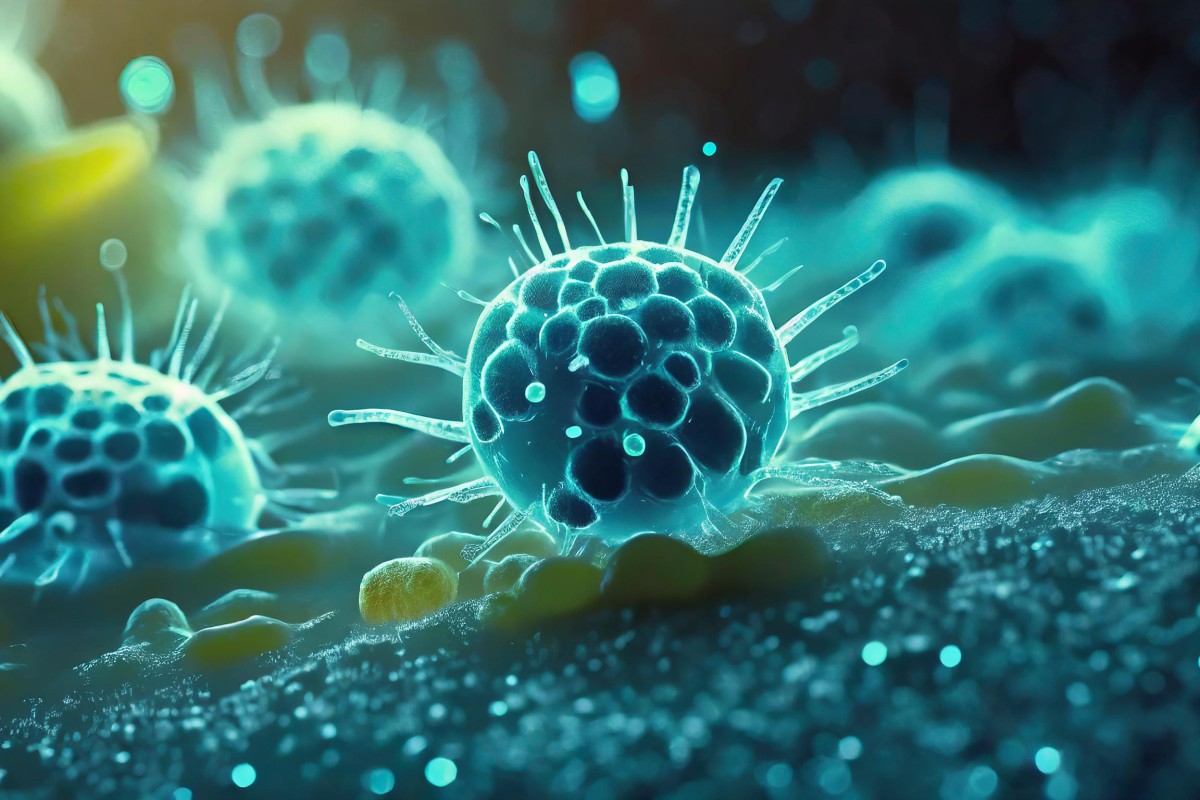How Long Does Bacteria Live on a Surface?

How Long Does Bacteria Live on a Surface and the Implications for Hygiene in Specialised Environments
Microbes, including bacteria, exhibit remarkable resilience, thriving in environments where other organisms falter. This tenacity extends to inanimate surfaces, such as door handles and tabletops, presenting challenges in hygiene-conscious settings like healthcare and food processing facilities. Let’s delve into the longevity of bacteria on hard surfaces, emphasising the significance of managing microbial persistence to minimise cross-contamination.
The Dynamics of Microbial Survival
The duration of microbial presence on surfaces is dependent upon various factors influencing the life cycle of these microorganisms. Classifications such as Gram-positive and Gram-negative bacteria, based on the structure of their cell walls, provide insights into their respective survival capabilities.
Gram-positive bacteria, exemplified by Enterococcus spp., Staphylococcus aureus (including MRSA), and Streptococcus pyogenes, demonstrate prolonged persistence on surfaces, enduring for months due to their high environmental tolerance levels. Fungal microbe Candida albicans, common on surfaces, can survive up to four months, while Candida glabrata and other yeasts have exhibited survival periods of up to five months.
In contrast, Gram-negative bacteria, including Acinetobacter spp., E. coli, Klebsiella spp., Pseudomonas aeruginosa, Serratia marcescens, and Shigella spp., exhibit varying survival times, with some lasting for months and others succumbing within days. Notably, Bordetella pertussis, Proteus vulgaris, and Vibrio cholerae exhibit brief survival periods.
Mitigating Microbial Persistence
Addressing the challenge of microbial persistence on surfaces necessitates a robust cleaning regimen to inhibit colonisation and mitigate adverse effects on surfaces. Conventional cleaning approaches present limitations in terms of efficacy, budget constraints, chemical performance, and susceptibility to human error. Furthermore, the effects of cleaning are transient, only enduring until recontamination.
Antimicrobial Technology as a Solution
Scientifically proven antimicrobial technology has emerged as a solution to combat microbial persistence on surfaces. Treating surfaces such as door handles, floors, wall panelling, and furniture with antimicrobial technology provides a continuous and durable defence against microbes which works passively. This approach complements traditional periodic cleaning, as contaminants cannot survive exposure to treated surfaces.
The incorporation of antimicrobial product protection offers clear benefits. Beyond reducing the likelihood of cross-contamination to adjacent surfaces, these technologies significantly enhance overall hygiene in environments where microbial persistence can be a concern. The strategic integration of antimicrobial solutions represents a forward-thinking approach to maintaining hygienic surfaces in specialised settings.
To find out more about our range of antimicrobial solutions please click HERE
← Back to blog
